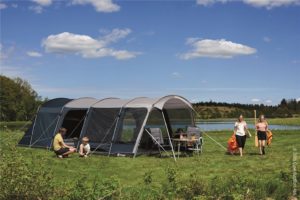
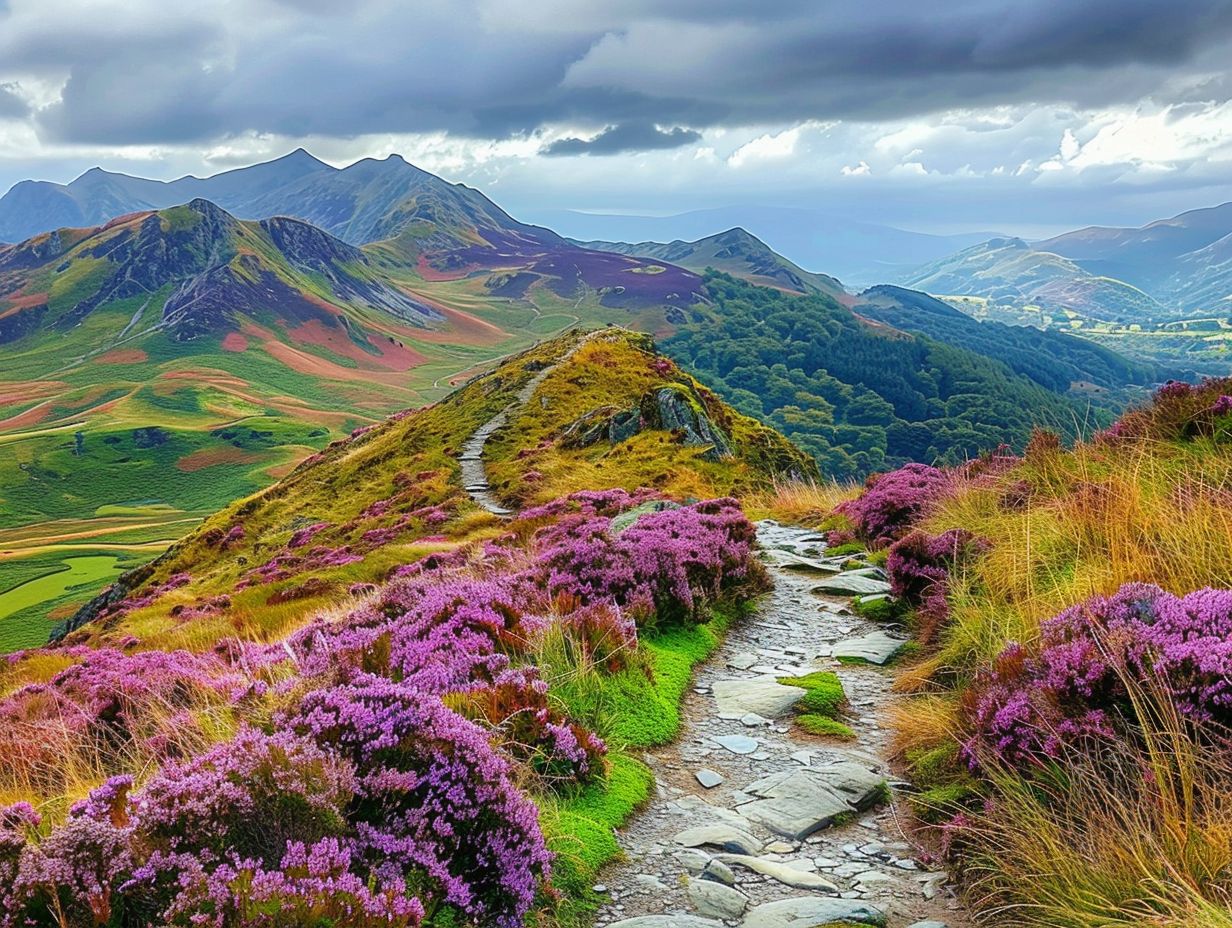
Vaibhav
- Categories: Hiking
If you’re looking for a picturesque and adventurous hiking destination, the Clwydian Range should be at the top of your list. This guide covers everything you need to know before embarking on a hiking adventure in this stunning area. From how to get there and what to pack, to the best hiking trails and must-see sights, we’ll provide you with all the information you need to explore the beauty of the Clwydian Range safely and enjoyably. Lace up your hiking boots and get ready for an unforgettable outdoor experience!
Key Takeaways:

- The Clwydian Range is a popular hiking destination due to its stunning scenery and diverse trails.
- Essential items for a hike in the Clwydian Range include proper footwear and clothing, as well as a map and plenty of water.
- While exploring the Clwydian Range, be sure to visit the must-see sights like Moel Famau and explore lesser-known areas like the Offa’s Dyke Path.
What Makes the Clwydian Range a Popular Hiking Destination?
The Clwydian Range, situated in the picturesque Dee Valley in Wales, is a highly sought-after hiking destination renowned for its stunning landscapes, rich biodiversity, and exceptional scenic views that captivate outdoor enthusiasts worldwide.
Scenic pathways meander through verdant valleys dotted with picturesque villages, while rugged cliffs offer sweeping panoramas of the surrounding countryside. The range encompasses a diverse array of ecosystems, ranging from ancient woodlands teeming with wildlife to heather-covered moors that undergo stunning colour transformations with the changing seasons.
The region’s rich variety of plant and animal species further entices nature enthusiasts, enhancing the allure of exploration. Each twist and turn reveals a new marvel, from the majestic remnants of medieval castles to the serene beauty of cascading waterfalls, fostering an atmosphere of discovery and awe.
Getting to the Clwydian Range
Accessing the Clwydian Range in North Wales is facilitated by multiple points of entry and convenient routes throughout Denbighshire. Additionally, the availability of detailed Explorer maps serves to streamline navigation for visitors to the region.
What Are the Different Access Points to the Clwydian Range?
The Clwydian Range can be accessed through multiple entry points, including Cilcain and the widely used starting point for Moel Famau, allowing entry from various directions throughout North Wales.
Hikers departing from the picturesque village of Cilcain can commence their journey on the Offa’s Dyke Path, which presents breathtaking vistas of the surrounding scenery. For individuals seeking to summit Moel Famau, commencing the trek from Bwlch Penbarras offers a challenging yet gratifying expedition across varied terrain.
Another entry point to the Clwydian Range is Loggerheads Country Park, providing a more relaxed hike suitable for families. The Clwydian Range, with its diverse access options, accommodates outdoor enthusiasts of all skill levels and preferences.
Is There Public Transportation Available to the Clwydian Range?
Public transport is indeed available to the Clwydian Range through various bus routes and train connections in Denbighshire. These transport options facilitate easy access for walkers to reach this well-known area in North Wales.
The public transport services provide a convenient and environmentally friendly mode of travel for visitors to explore the remarkable beauty of the Clwydian Range without the need for a personal vehicle.
Situated near bus stops and train stations, travellers can efficiently reach significant landmarks such as Moel Famau, Loggerheads Country Park, and the Offa’s Dyke Path. This accessibility allows individuals to fully engage with the breathtaking landscapes and rich historical significance of the region.
Regardless of whether an individual is embarking on a solo adventure or participating in a group outing, utilising these transport links enhances the accessibility of this esteemed natural sanctuary.
Preparing for Your Hike
Preparing for a hike in the Clwydian Range requires packing essential items, following the countryside code, and carefully planning the adventure with tour recommendations. This meticulous approach guarantees a safe and enjoyable experience in this Area of Outstanding Natural Beauty (AONB).
What Are the Essential Items to Bring for a Hike in the Clwydian Range?

When embarking on a hike in the Clwydian Range, it is imperative to be adequately prepared with essential items to ensure a safe and enjoyable experience in this Area of Outstanding Natural Beauty (AONB).
It is recommended to carry a detailed map, preferably Explorer maps, appropriate clothing suited for the terrain and weather conditions, and an ample supply of water to navigate the area securely. Additionally, having a compass, a first aid kit, and a multi-tool in your rucksack can prove to be life-saving in the event of emergencies.
Packing high-energy snacks, sunscreen for protection against sun exposure, and a whistle for signalling in case of emergencies are also recommended practices. Proper footwear such as walking boots with adequate ankle support is essential for traversing the varied terrains encountered in the Clwydian Range.
Furthermore, informing a trusted individual of your planned route and estimated time of return is crucial for your safety while exploring the visually captivating Clwydian Range. This precautionary measure ensures that someone is aware of your whereabouts and can initiate necessary actions in the event of any unforeseen circumstances.
What Are the Recommended Hiking Trails in the Clwydian Range?
Some of the highly recommended hiking trails in the Clwydian Range include the historic Offa’s Dyke Path, the challenging ascent to Moel Famau, and the scenic route to Castell Dinas Bran.
Offa’s Dyke Path provides hikers with an opportunity to traverse along an ancient boundary line, offering breathtaking views of both Wales and England. The ascent to Moel Famau is particularly popular among experienced hikers seeking a strenuous challenge, characterised by steep inclines and rewarding panoramic vistas from the summit.
Meanwhile, the path to Castell Dinas Bran guides hikers through picturesque woodlands and past the remnants of an ancient castle, seamlessly blending history and natural beauty to cater to adventurers of all skill levels.
Are There Any Special Considerations for Hiking in the Clwydian Range?
When embarking on a hiking expedition in the Clwydian Range, it is imperative to take into account certain considerations to ensure a safe and enjoyable experience.
These considerations encompass being well-prepared for abrupt weather alterations, adhering to safety protocols, and complying with the countryside code to uphold environmental conservation standards.
To optimise your hiking venture in the Clwydian Range, it is highly recommended to acquaint yourself with weather forecasts beforehand.
This proactive approach enables you to evade unforeseen storms or harsh weather conditions, thereby enhancing your overall hiking experience. Furthermore, having a thorough understanding of trail conditions, including steep inclines and slippery paths, is vital for ensuring a secure and pleasurable hike.
Adherence to safety precautions such as carrying an adequate water supply, donning suitable attire, and informing a reliable individual of your intended route serves as an additional protective measure.
Demonstrating respect for the countryside code by responsibly disposing of litter, staying on designated pathways, and minimising your environmental footprint plays a pivotal role in conserving the natural splendour of the region for generations to come.
Exploring the Clwydian Range
Exploring the Clwydian Range presents hikers with a multitude of essential sights, established hiking trails, and lesser-known areas that provide a deep connection to the natural beauty and historical significance of the region.
What Are the Must-See Sights in the Clwydian Range?
The notable attractions in the Clwydian Range encompass the renowned summit of Moel Famau, featuring the Jubilee Tower, and the historical remnants of Castell Dinas Bran, offering impressive vistas and a rich historical background.
- Standing at an elevation of 554 metres, Moel Famau is particularly favoured by hiking enthusiasts for its expansive views spanning over the Vale of Clwyd and beyond. The Jubilee Tower, erected in 1810 to commemorate the Golden Jubilee of George III, adds a historical element of grandeur to the peak.
- In contrast, Castell Dinas Bran, situated atop a hill, showcases ancient ruins dating back to the 13th century, enchanting visitors with its medieval allure and providing insights into the tumultuous past of the region.
What Are the Best Hiking Routes in the Clwydian Range?
The Clwydian Range offers a selection of exceptional walking routes, including the renowned Offa’s Dyke Path, the peaceful Llangollen Canal Walk, and the impressive Panorama Walk. Each of these paths provides a distinct experience and presents breathtaking scenery.
Offa’s Dyke Path, which follows the historic boundary between England and Wales, presents a mixture of undulating hills and picturesque valleys. Walkers on this path have the opportunity to observe remains of the ancient dyke while enjoying expansive panoramic views.
Conversely, the Llangollen Canal Walk meanders alongside tranquil waters, passing through delightful locks and peaceful surroundings. The Panorama Walk, as its name suggests, offers extensive views of the Vale of Clwyd and Snowdonia.
These routes display diverse terrain, ranging from easy paths to challenging climbs, catering to both inexperienced adventurers and experienced walkers.
What Are Some Lesser-Known Areas in the Clwydian Range Worth Exploring?
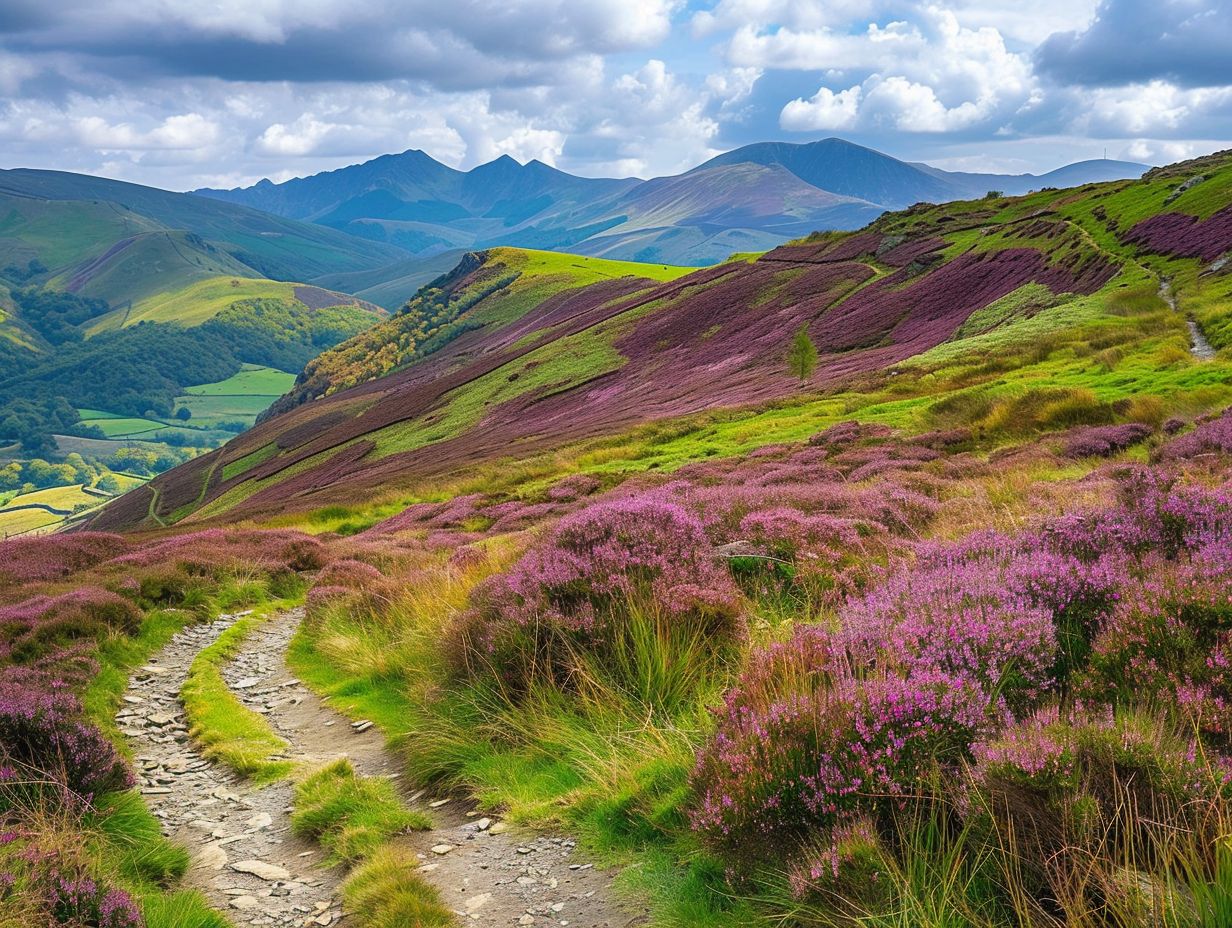
Some of the lesser-known areas within the Clwydian Range that merit exploration include the serene trails around Moel y Parc, the picturesque Penline Gate, and the quaint route known as The Three Cottages Walk. These hidden attractions offer a tranquil respite from the bustling crowds typically encountered in more popular tourist destinations.
The trails surrounding Moel y Parc present magnificent panoramic vistas, making it an idyllic location for relaxation and communion with nature.
Meanwhile, Penline Gate’s scenic ambience provides a peaceful backdrop for hiking enthusiasts seeking a more secluded outdoor experience. The Three Cottages Walk, characterised by its charming environs and local allure, offers a glimpse into the authentic Welsh countryside, away from the heavily frequented tourist areas.
Staying Safe on Your Hike
Ensuring personal safety while embarking on a hike within the Clwydian Range necessitates a keen awareness of potential hazards, adherence to fundamental safety protocols, and familiarity with appropriate emergency procedures, all of which are imperative in guaranteeing a secure and gratifying hiking expedition.
What Are the Potential Hazards in the Clwydian Range?
The Clwydian Range presents potential hazards to hikers, including sudden weather changes, challenging terrain, and wildlife encounters, requiring readiness and caution.
To deal with abrupt weather changes, hikers should carefully check the forecast before starting their journey. It is crucial to wear layered clothing and carry extra clothes, like rain gear and thermal layers, to prepare for unexpected weather changes.
When faced with difficult terrain, suitable footwear with reliable grip is essential to avoid slips and potential injuries. Also important is having a map, compass, or GPS device to navigate the rough terrain safely.
In cases of wildlife encounters, keeping a safe distance, not feeding animals, and securely storing food items to prevent wildlife being attracted to the campsite are recommended safety precautions.
What Are the Safety Measures to Take While Hiking in the Clwydian Range?
Essential safety precautions to observe whilst hiking in the Clwydian Range include meticulous preparation, carrying a well-stocked first aid kit, and establishing efficient communication channels with your group or emergency services.
It is of utmost importance to maintain constant awareness of the weather forecast and to dress suitably for prevailing conditions. Familiarising oneself with the hiking trail, informing a reliable individual of your itinerary, and bringing an ample supply of water and snacks are critical safety measures.
In case of an emergency, possessing a proficiency in basic first aid techniques can significantly enhance the likelihood of a positive outcome. Vigilance, adherence to trail markers, and readiness to manage unforeseen circumstances are essential components in ensuring a safe and successful hiking experience.
What Should You Do in Case of an Emergency in the Clwydian Range?
In case of an emergency in the Clwydian Range, it is essential to promptly administer initial first aid, contact emergency services, and adhere to established safety procedures to ensure expeditious assistance.
Following the provision of initial first aid, the subsequent course of action entails dialling the local emergency hotline to promptly alert the relevant authorities. While awaiting assistance, it is crucial to furnish clear and succinct information regarding the emergency’s location and nature to facilitate an effective response from emergency services.
Maintaining composure and furnishing any requisite updates or details as requested by the emergency dispatcher is imperative. If feasible, it is advisable to keep a torch or alternative signalling device readily accessible to aid first responders in locating you in instances of limited visibility.
What Are Some Final Tips for Hiking in the Clwydian Range?
Some essential recommendations for hiking in the Clwydian Range include thorough preparation, group hiking for safety, and consulting reviews from other hikers to gain insights into the trails and conditions.
Before commencing any hiking expedition, it is imperative to prepare adequately by ensuring the possession of appropriate gear, an ample supply of water, and snacks.
Hiking in groups not only provides camaraderie but also enhances safety, particularly in unfamiliar terrains.
Perusing reviews from fellow hikers can offer valuable insights into trail difficulties, scenic viewpoints, and potential hazards to be mindful of, thereby enhancing your hiking experience.
Additionally, sharing your own reviews can assist other hikers in planning their excursions and fostering a sense of community among outdoor enthusiasts.
Frequently Asked Questions
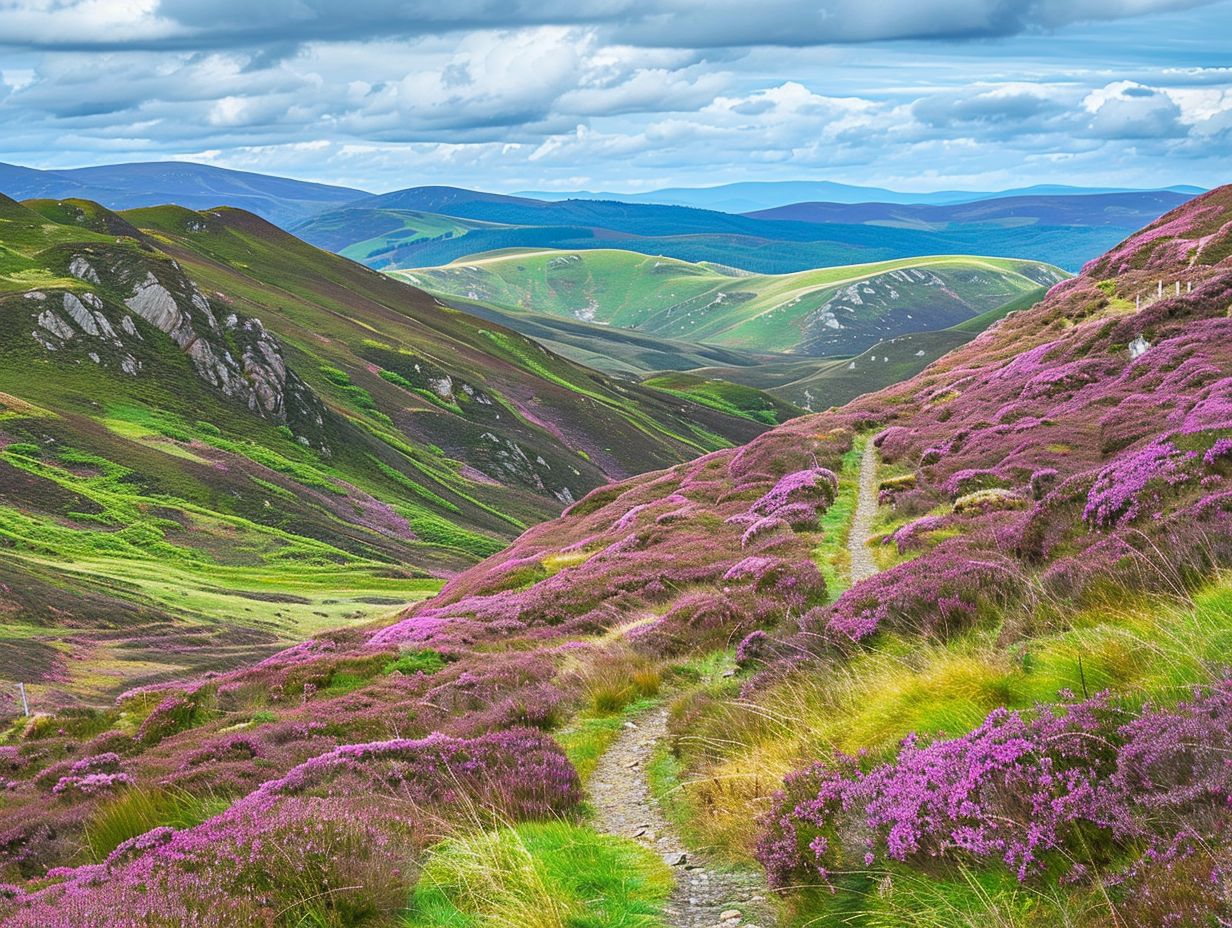
What is the Clwydian Range?
The Clwydian Range is a chain of hills and mountains located in northeast Wales. It is a designated Area of Outstanding Natural Beauty and offers stunning scenery and a variety of hiking trails for outdoor enthusiasts.
What are the best hiking trails in the Clwydian Range?
There are many great hiking trails in the Clwydian Range, but some popular options include the Offa’s Dyke Path, Moel Famau, and the Clwydian Way. These trails offer a range of difficulty levels and distances, so there is something for everyone.
Do I need any permits or special equipment for hiking in the Clwydian Range?
No permits are required for hiking in the Clwydian Range. However, it is important to have proper hiking gear such as sturdy shoes, layers of clothing, and plenty of water and snacks. It is also recommended to have a map or GPS device to navigate the trails.
Are there any camping options in the Clwydian Range?
Yes, there are several campgrounds and designated wild camping areas in the Clwydian Range. However, it is recommended to check with the local authorities before setting up camp and to always follow Leave No Trace principles.
Is the Clwydian Range suitable for beginners?
The Clwydian Range offers a variety of hiking trails, some of which are suitable for beginners. However, it is important for beginners to choose a trail that matches their fitness level and to be prepared with proper gear and supplies.
What should I do in case of an emergency while hiking in the Clwydian Range?
In case of an emergency, call 999 and ask for Mountain Rescue. It is also recommended to have a charged phone and to inform someone of your hiking plans and expected return time. Always be prepared for changing weather conditions and follow safety precautions while hiking.
Share:
By submitting your email address, you are agreeing to receive marketing emails from theexpertcamper.co.uk.
We’ll never share your email address and you can unsubscribe at any time. Privacy policy
Related Posts
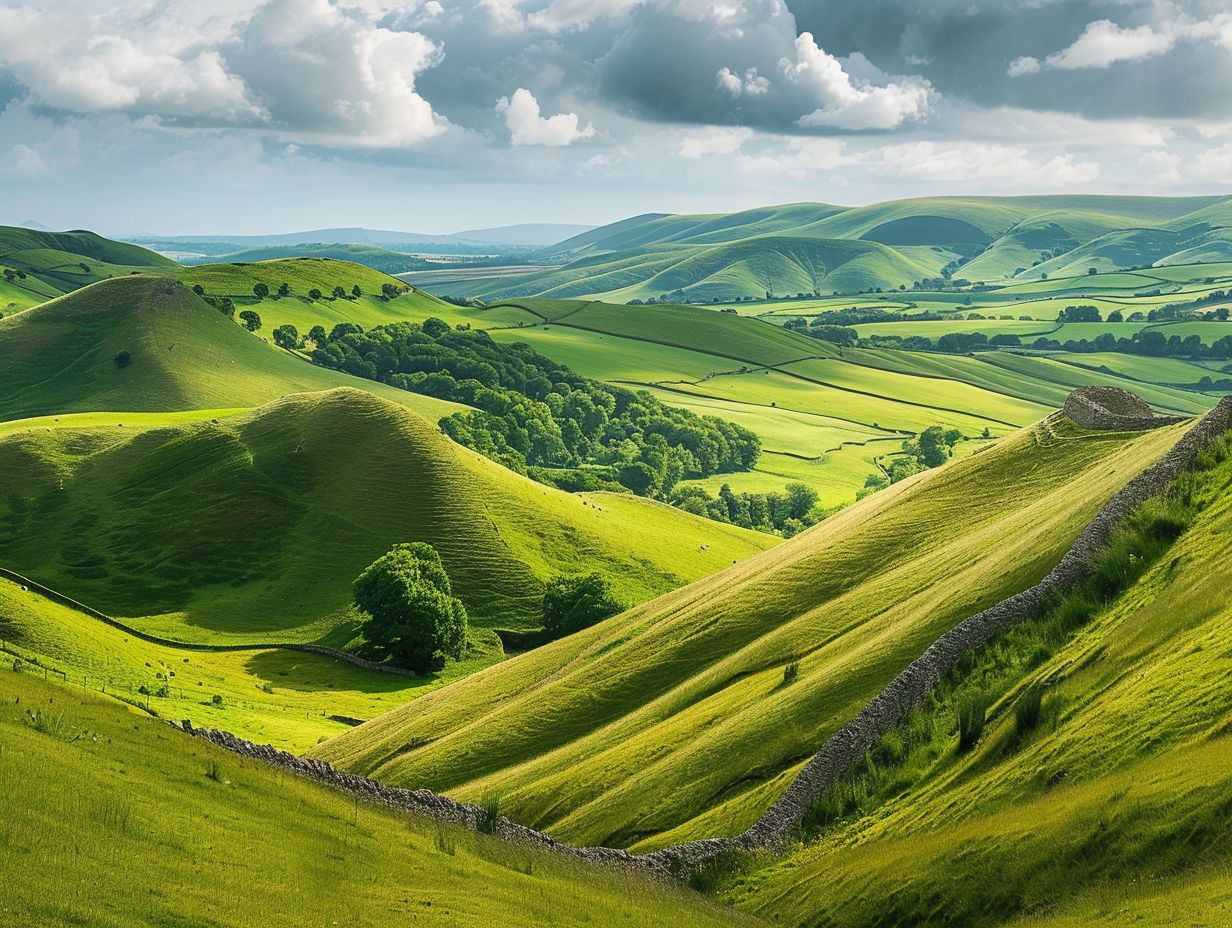
A Seasonal Guide To Hiking In The Peak District
Are you ready to lace up your hiking boots and explore the stunning landscapes of the Peak District? This seasonal guide will take you through

Hiking Challenges Preparing For Your First Ultrahike
Are you ready to take your hiking adventures to the next level? Ultra-hiking offers a unique combination of physical and mental challenges, breathtaking scenery, and

Ecofriendly Hiking Tips For Sustainable Adventures
Are you an outdoor enthusiast looking to minimise your impact on the environment while enjoying the great outdoors? Eco-friendly hiking is the perfect solution! We
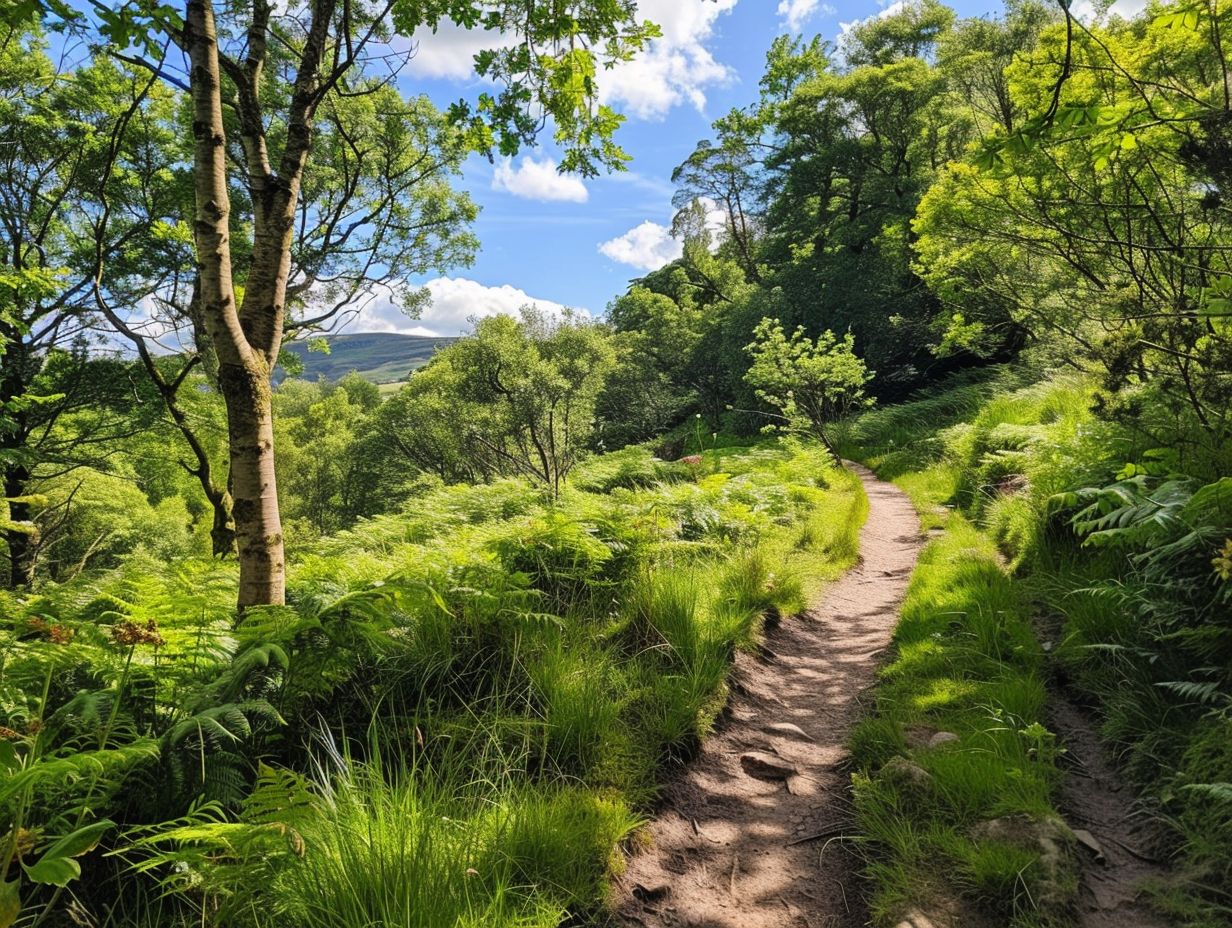
The Best Hiking Trails For Experiencing UK Wildlife
When exploring the picturesque hiking trails of the UK, you can expect to encounter a diverse array of wildlife. From majestic birds soaring overhead to

Wildflower Walks The Best Trails For Nature Lovers
Are you a nature lover looking to embark on a wildflower walk? Explore the best trails for wildflower walks, including [Trail Name 1], [Trail Name




